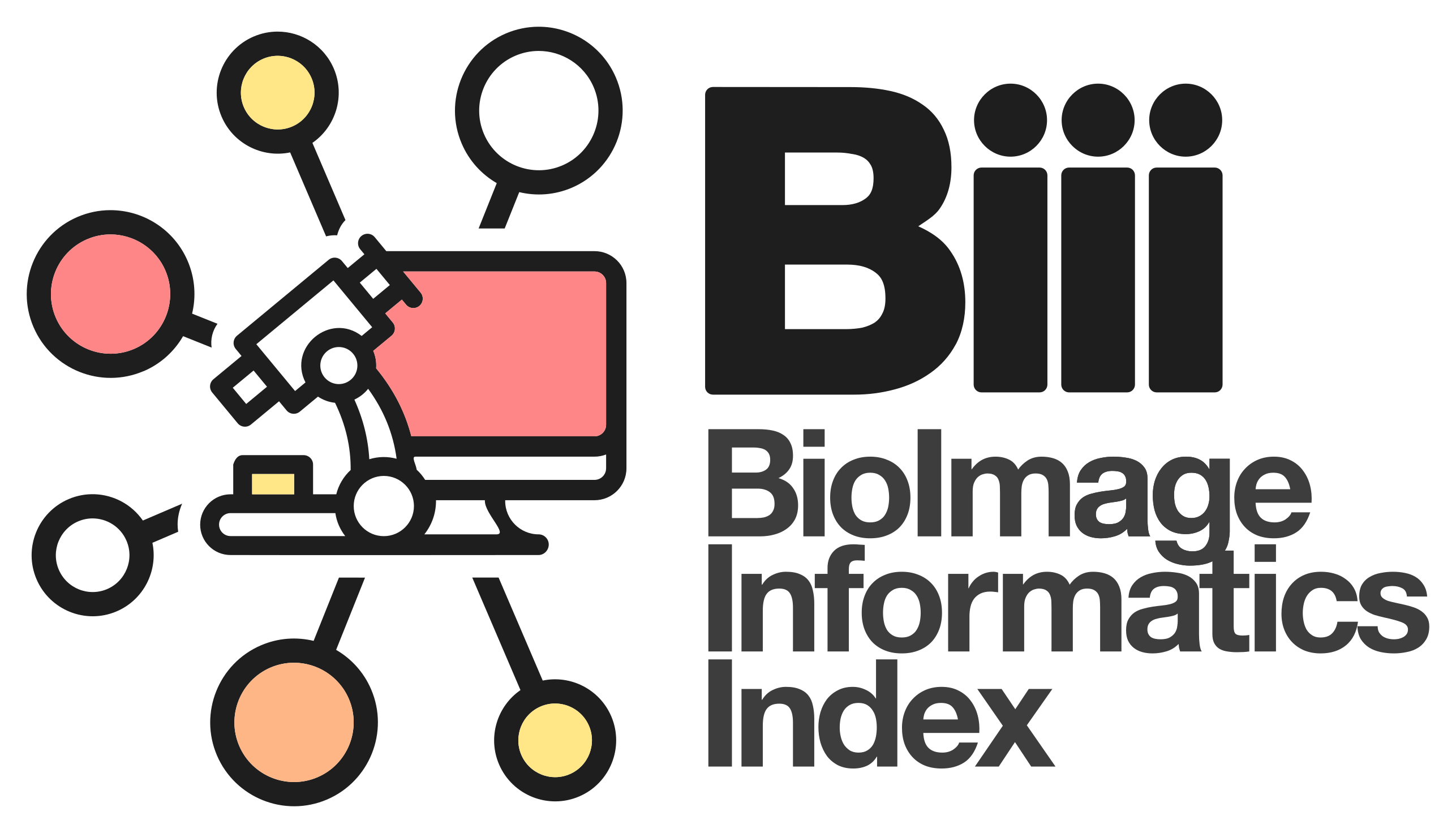Introduction to R for bioimage analysis
This session covers the basics of the R programming language in the context of a bioimage analysis workflow. It aims at getting started with the analysis of data extracted from one or several images, here tracking data. Tracking data were extracted using the Fiji plugin TrackMate and are available in /datasets/fly_embryo/.
The session covers the basics of data exploration and visualisation, but no statistics. It starts with an introduction to the Rstudio IDE (console, script, help and plot viewer, history...) and to the Rmarkdown format (notion of chunk, how to “knit”...). Regarding the R language itself, it focuses on the basics (how to execute a command, assign a variable, install and load a library), how to manipulate data (import data as dataframe, select columns, filter rows...) and how to create plots with ggplot2. The second part of the session is focused on more advanced exploration and analysis of the tracking data in their spatio-temporal context with two R packages: {mamut2r}, for the import of tracking data from the Fiji plugin TrackMate and the visualisation of tracks, and {cellviz3d}, for the 3D+time visualisation of the tracking data.
- 498 views
